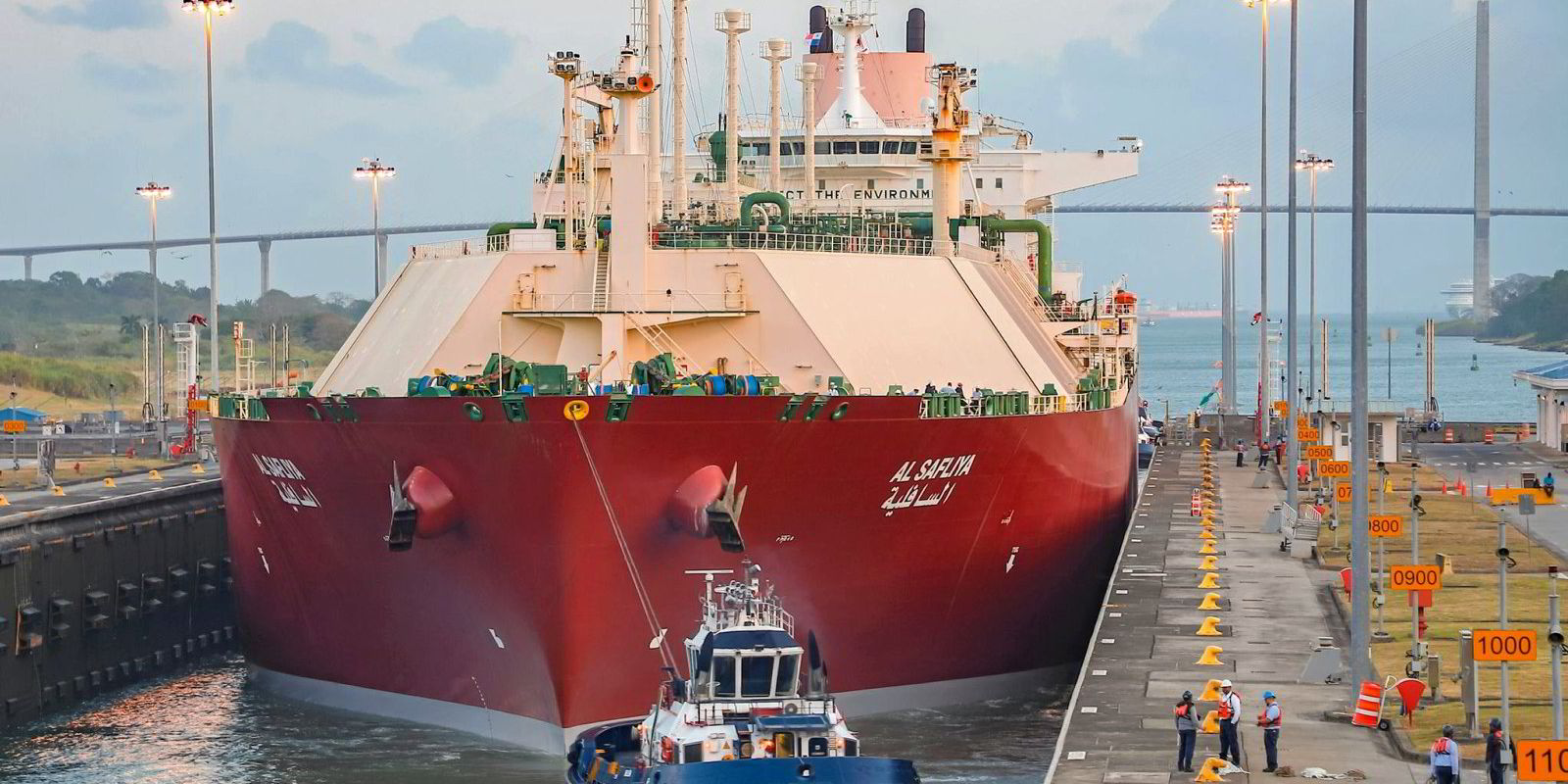Qatari LNG shipping giant Nakilat nudged up its half-year net profit for the period to the end of June 2023 by over 6% to QAR 775m compared to the same six months of last year when it reported a net profit of QAR 730m ($200.5m).
In a presentation showing online the company described its profitability as “stellar” and said it was driven by higher revenues offset by higher finance charges.
The company said revenue for the period rose nearly 7% to QAR 2.3bn up from QAR 2.1bn in first half 2022 mainly due to higher results from joint ventures and higher interest income.
Nakilat said expenses were higher by 7.3% for the period largely due to higher finance charges.
Qatar Stock Exchange-listed Nakilat, which also offers ship repair, industrial and offshore fabrication, towage, and other maritime services through its subsidiaries, said the profits of its joint venture companies operating in LNG transportation and shipyards increased by 18.6% in the first half.
The company said it had achieved its results through a combination of strategic initiatives, and cost management.
“This profitability reflects the company’s ability to adapt to changing global market dynamics and business environment,” it said.
In a statement Nakilat chief executive Abdullah Al-Sulaiti said: “As the demand for clean energy shipping capacities continue to rise worldwide, Nakilat is fully dedicated to meeting the long-term requirements for diversified, secure, and reliable energy transportation solutions.”
He said this will enable the company to enhance its customer base, expand its asset portfolio, scale operations, and explore new business opportunities.
Nakilat said it operates the world’s largest LNG fleet comprising 69 LNG carriers.
The company also manages and operates one floating storage regasification unit and four VLGCs.
All eyes are currently on whether Nakilat will be one of the companies in line to compete for LNG carrier charter contracts in the ongoing phase two of QatarEnergy’s huge LNG newbuilding plan. The company did not emerge with any LNG newbuilding in the first phase.




